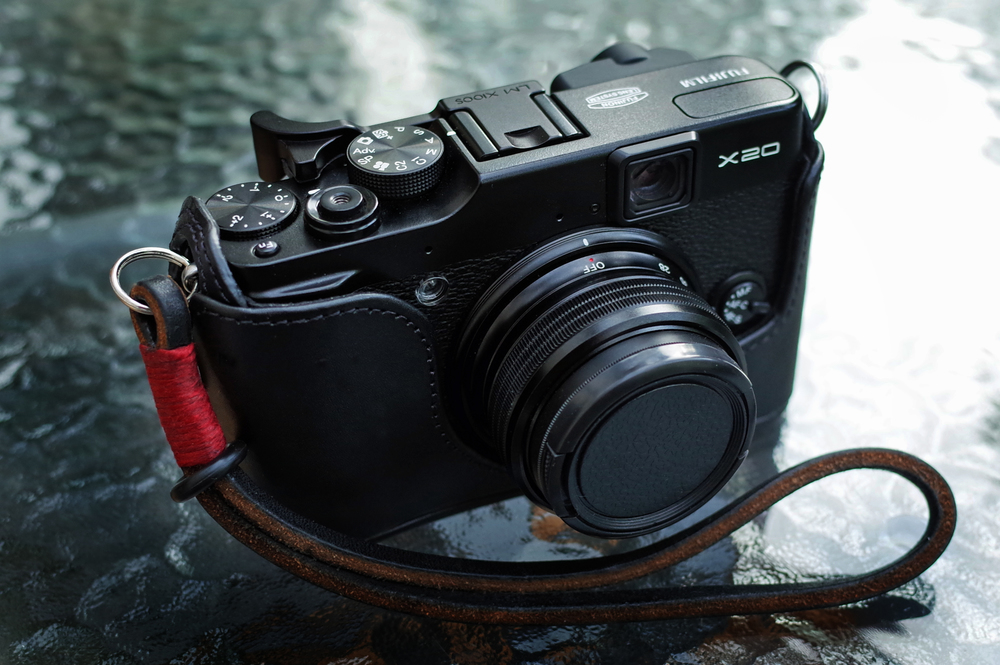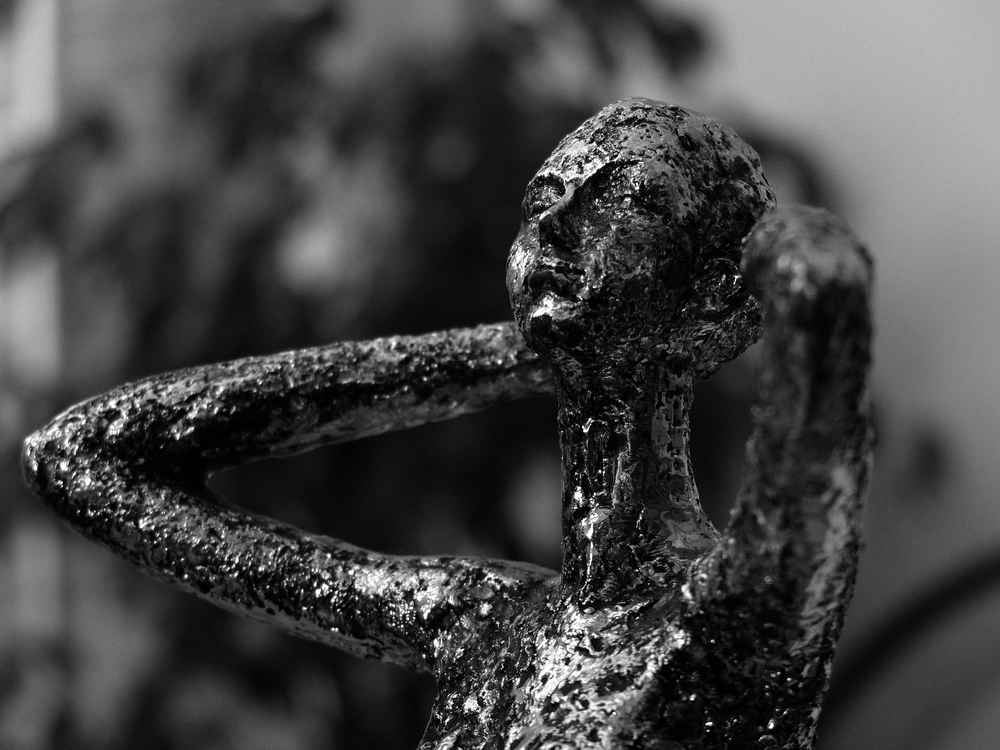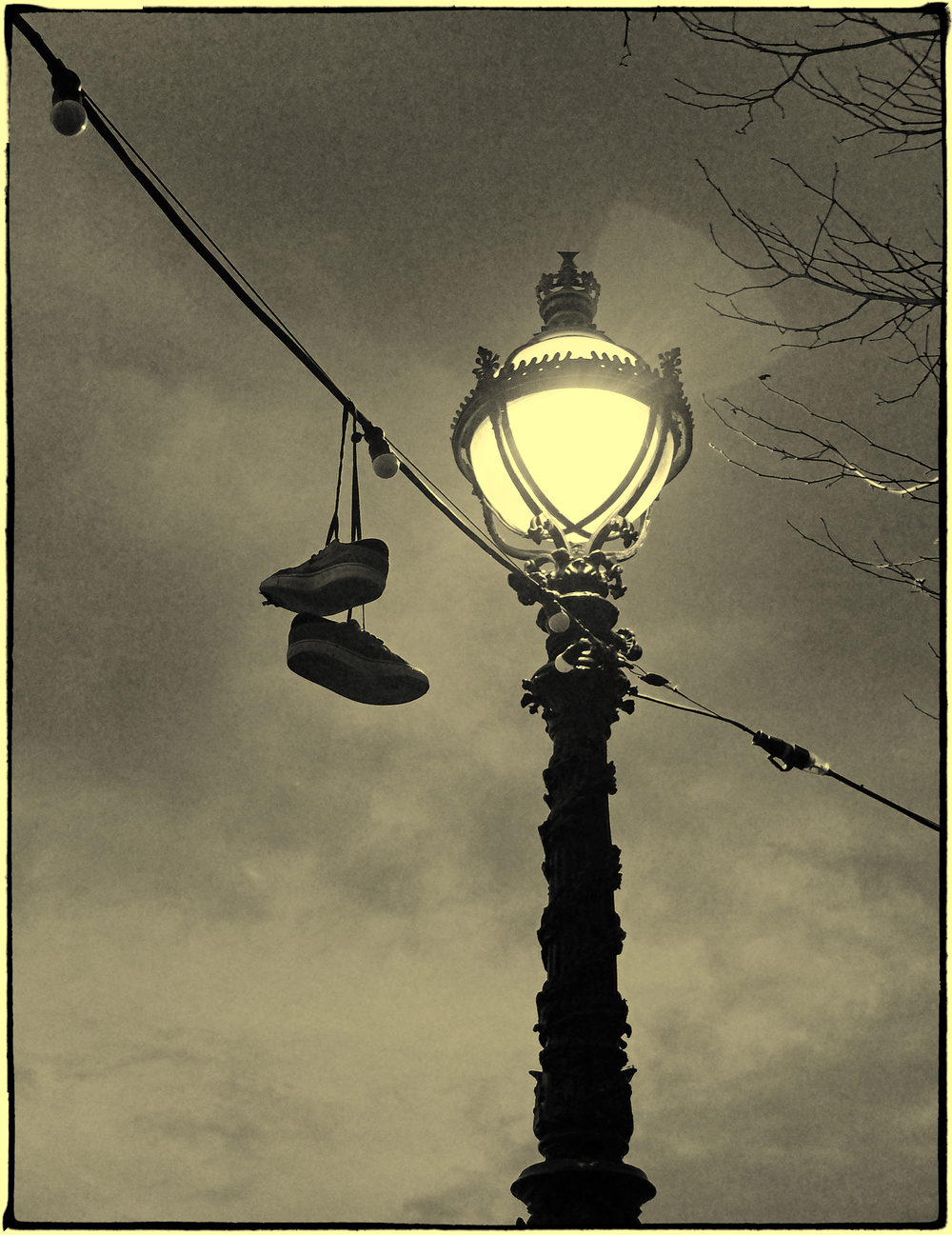
One thing I really appreciate about Fuji is the company’s ability to “re-innovate” ﹣adopt and adapt the best from the 20th Century and drag it into the 21st, with a fresh eye to design and a craftsman’s appreciation of the fact that well-made things work for a reason.
The primary example is of course the X100. When even Leica was going viewfinderless with the tiresome X1 it took courage to bring out a camera with a prominent OVF. The twist of course was its innovative hybrid capability, that still-unique-to-Fuji melding of OVF and EVF into a seamless viewing experience. This has continued in the X100S and the recently-released X100T as well as the X-Pro1-the mirrorless camera that even on the eve of replacement gives the Leica M a run for its money in terms of handling (and results, dare I say).

The X10 when it first came out was a bit of a poor relation in some respects. First announced in September 2011 it came to market with a then-respectable 2/3-inch 12mp EXR-CMOS sensor and a manual zoom lens that offered a field of view equivalent in 35mm terms to a handy (and reasonably fast) 28-112mm f/2.0-2.8. I got mine on the May 15 in 2012. It was my first introduction to the world of Fuji X and I haven’t looked back since.
Neat little thing
The X10 was a neat little thing. The usual on-off switch was replaced by a twist-ring around the lens, which does not fully retract when not in use. In this, it was very reminiscent in handling terms to a Leica M (or indeed a “Barnack” LTM) fitted with a collapsible 50mm Elmar lens. Remove lens cap, (extend for the Leicas) and turn (to lock for Leica, to turn on for Fuji). The whole process is quicker to do than to read, and came very naturally to me after a couple of decades of happy Leica use. I know that there were and are those who didn’t like this approach to powering up, but it always works for me (and I have never had one turn on in a bag which is pretty much the only camera I can ever say that for). The same ring serves for the manual zoom, which meant very precise framing and no power consumption as you racked in and out.

The X10 was not perfect, of course; it suffered in the early days from a problem referred to as “white orbs”, a phenomenon that manifested itself by making any point of white light in your image look like a hole made with a hole-punch, with a sheet of white paper behind. A quick trip back to Fuji UK under warranty sorted that (one of the measures of a company is the speed with which they own up to and sort out matters of this nature; Fuji are very good indeed). If I am honest, the optical viewfinder was a little, um, artisanal, too. It was far from a 100% field of view (actually a claimed 85%), and looked like it had been cut out of a single sheet of plastic by hand by apprentice wielding a rat-tail file.
Disappear
But I loved it. I look for a camera to “disappear” when in use; I like it to not come in between me and my subject any more than is absolutely necessary. That’s why I loved the pellucidly clear viewfinders of the old Contax RX and RTSIII SLRs and the daddy of them all, the Leica M (the proper ones that eat film, that is, not the digital disappointment that confusingly shares the name previously applied to the entire family). The little X10 achieved that, and fitted well into my workflow. I kept it for a little while, then sold it with more than a little regret to free up the funds for other, bigger and better X-kit.
When Fuji announced the X20 in January 2013, for me at least, it did not on paper appear to offer much to tempt those who already owned an X10. It looked identical, unless you were tempted by the chrome top-plate model (black in the City, chrome in the Shires, I always say). It turned out that the main improvements were under the skin.
Foremost was the move from an EXR sensor to X-Trans. Now, there are pros and cons to (and proponents for) each sensor, but there was no doubt that the introduction of X-Trans was a step forward. I know those who love the old X10 for it’s black and white rendition-always an EXR strength, in my view-but the X-Trans brought overall better performance in low light in particular and built in phase detect AF which brought faster focus speeds. For those with other X-Series cameras it also meant a standardised workflow; something not to be sneezed at.
Viewfinder
The other really noticeable change was the upgrade to the viewfinder. The ratty hole of the X10 was transformed by the insertion of a translucent LCD display to provide useful shooting information. This isn’t as sophisticated as the X100/S/T or X-Pro hybrid viewfinder but is still extremely useful. The display is informative, if a little terse. It shows aperture, ISO and shutter speed info, together with exposure compensation, shooting mode and even AF area. There’s no composition grid or electronic level, but who really relies on those things anyway?
It wasn’t actually until the X30 was announced in the middle of last year that the siren song of the X20 started to really become attractive to me. The X30, although a fine camera, I am sure, eschews the OVF for an EVF and introduces a tilty rear screen into the bargain-two of my least favourite features. I was motivated enough to mooch around the dealer websites for a while, trying to spot a run-out X20 at a good price, but they seemed to hold their price until they were out of stock.
Fast forward to just before Christmas. For reasons which I cannot quite explain, I decided in a mad moment to have another go at getting to grips with an X100, an S this time. I didn’t get on with my original X100 the first time around and this time was no different; I fear I am a slow learner sometimes. I won’t go into that now, but suffice to say I was so frustrated with the results I was obtaining with it that when a very lightly used X20 in mint condition came up on That Auction Site I pulled the trigger forthwith. I was right in the middle of a January “PaD” (Picture a Day) challenge at the time, and changed horses-sorry, cameras-with a satisfied sigh and nary a look back. As an aside I was fortunate that I was able to resell the X100S easily, even making a small profit on the deal. There is no doubt that Fuji resale values hold up well and this is another reason to appreciate the brand.
Old friend
The X20 did not disappoint. It was like welcoming back an old friend, albeit one that had upped its game since last acquaintance. I was impressed with the visibly improved AF performance and with the viewfinder upgrade. The information displayed is genuinely useful, and reminiscent of my old Contax T2 in it’s informative simplicity. We are spoiled sometimes by the bridge-of-the-Starship-Enterprise displays on modern cameras. They tell you everything but inform you of nothing. So it is satisfying to have a view of the subject uncluttered by overly-informative overlays of distracting detail.
One of the things I had done to try to improve matters with the X100S was to order a Lensmate thumb-rest in the hope that it might make my grip on the small body a bit more steady. It took so long to arrive from the US, due to Christmas inconveniently getting in the way, that it turned up just before I sold the camera. Fortunately, and to my surprise, it also fits the X20 as if made for it. Combined with the bottom half of the Fuji leather “never-ready” case it makes the already well-handling X20 into something that really does glue to the hand, inspiring confidence and improving stability. Also, in terms of usability, I’ve dispensed with the elegantly classic but bulky and easily-misplaced metal lens cap and gone for something a little more low-profile. I’ve achieved this by fitting a 40mm UV filter and a generic 40.5mm snap-cap. A Gordy wrist strap completes my pimping.
Real feel
In serious use the X20 acquits itself as a really competent picture-taking machine. The 2/3″ 12mp X-Trans sensor is hardly state of the art at time of writing in early 2015, but it punches above its weight (and market segment) turning in decent performances in both good and poor light. One of the stand-out features of the original X10, the 28-112mm equivalent lens, really benefits from the sensor upgrade and shows what it is capable of. Since I am in the habit of seeing the world in 50mm terms, I tend to set and forget the zoom when I turn it on; I have become adept at turning the lens barrel just enough to get to my favoured field of view without raising the camera to my eye. It’s nice to have the ability to rapidly change the field of view, though, particularly when zooming with the feet is not an option; one area at least in which the X20 knocks the X100 into a cocked hat. Above all I like the X20 for it’s combination of small size and “real-feel”. It is a serious camera first and a compact camera second, which matters when you have hands the size of mine. The optical viewfinder is the real killer for me though-I just find that I engage better when I am holding the camera to my eye and looking at the scene through glass, rather than on a rear screen or tiny electonic viewfinder, no matter how good it is at depicting reality.
The thing about the X20-and indeed it’s predecessor and successor-is that it is not a “pocket compact” (unless you are wearing something like a Barbour). It is “camera shaped”, with that lens that inconveniently sticks out even when switched off. It does fit in a briefcase, however, or into a small shoulder bag. (Confession time: Mine actually lives in an old Leica 14522 leather belt case that fits it like a glove) If I don’t want to carry a camera, I leave the house with my Ricoh GR. If I want to travel light, but still take a decent photo, the Fuji X20 not only does the job, it’s made for it. They are only available second-hand now, unless you are really lucky to find some new-old stock hidden somewhere.
Low mileage
If you can find a good, low-mileage example, my advice is to go for it. Fuji has a consistent track record of not only bringing out competent cameras that are good from the outset, but of listening to the photographers who use its products and incorporating sensible, useful upgrades in each new model. I am sure that the current X30 is a good camera-probably a very good camera-but for an old-school photographer like me it has not bettered the quirky X20 as a picture-taking tool.
You can also find Bill Palmer at Rangefound and Lightmancer




